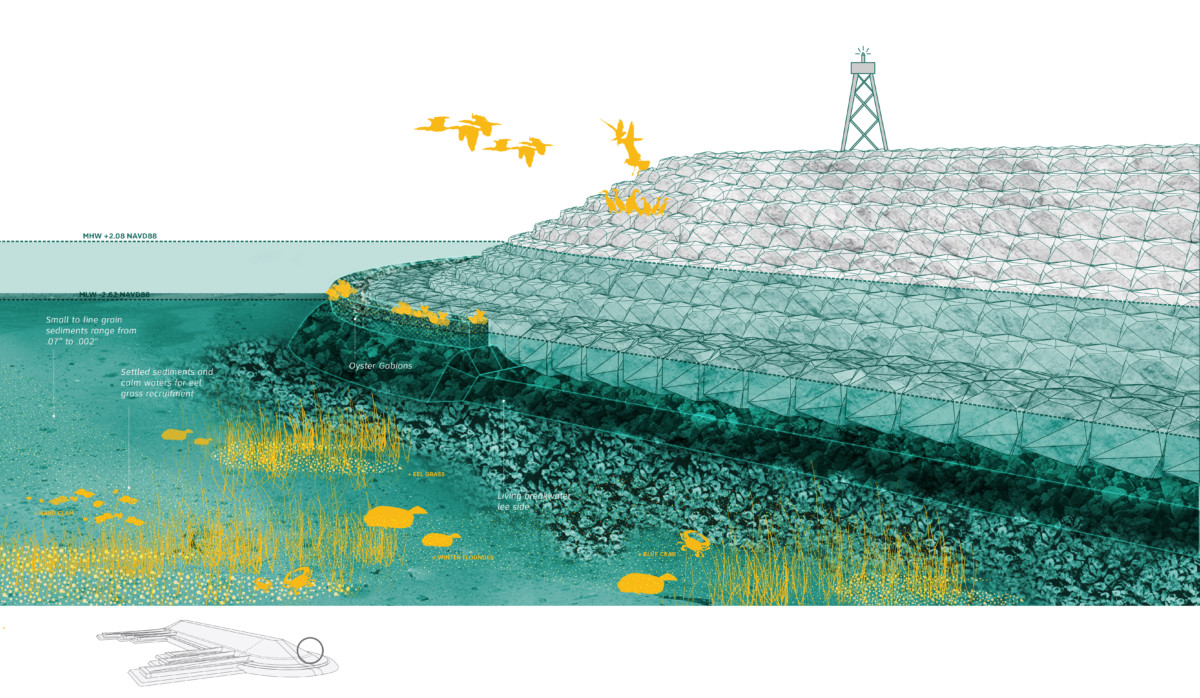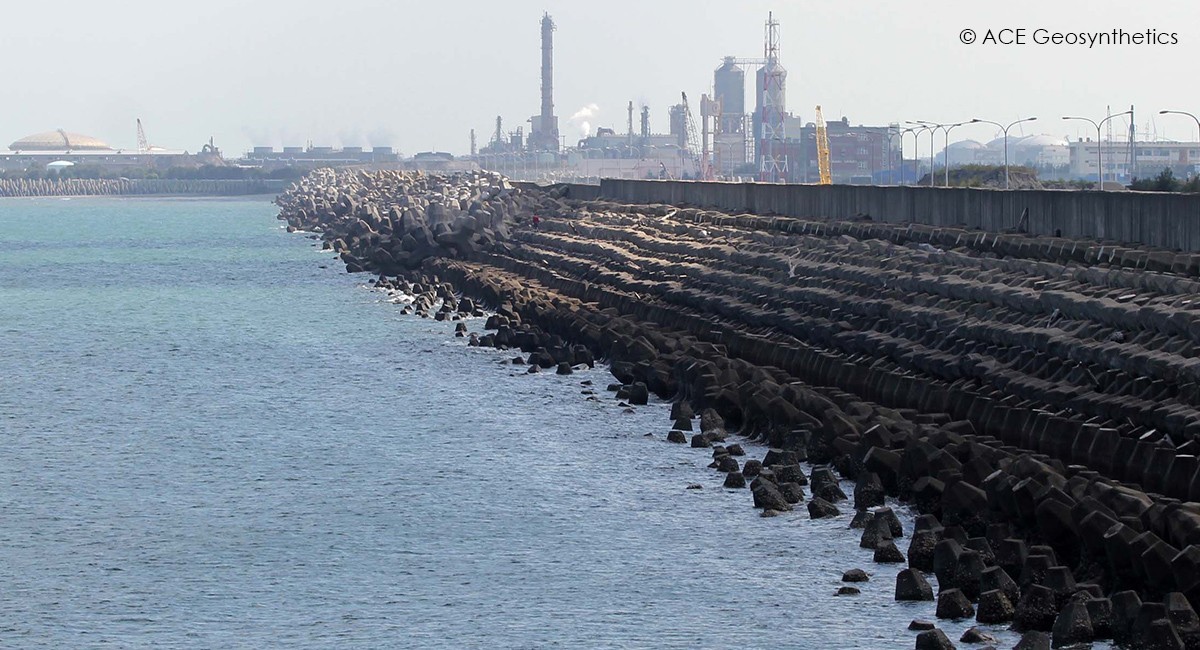

Care must be taken to ensure that the filter material is not damaged during installation. The geotextile prevents erosion of the core and seabed by blocking the passage of sediment particles however, it allows the passage of porewater.The basic design consists essentially of a sediment core, a geotextile, one or more granular underlayers, an armor layer of rock or concrete armor units and a toe structure. Right panel: Rock revetment protecting the backshore.Ī typical design for a rubble mound breakwater is shown in Fig. Left panel: Offshore rubble-mound breakwater. Offshore breakwaters can also serve to protect fairways and harbors from high waves.įig. Breakwaters can protect harbors from wave loading and wave penetration or, if built parallel to the shoreline, can aim to create sheltered depositional beaches. In the second case the structure is a breakwater. In the first case the structure is essentially a revetment or dike protecting the backshore berm, dune foot or cliff base. Shore protection structures can be built on the beach or offshore in the surf zone. The main advantages of these structures, compared to monolithic structures, are: (1) flexibility - the potential to accommodate (small) changes in seabed/beach level (2) potential to dissipate wave energy, thus reducing wave loads on the structure, and also reducing the tendency for scour (3) the (relatively) low costs of construction, maintenance and adaptation, especially for structures in limited water depth. In this article we focus on rubble mound breakwaters (RMB). Whereas rock and sand structures are flexible to some extent, monolithic structures are often rigid. in the articles Seawalls and revetments, Human causes of coastal erosion and Detached breakwaters. Coastal structures can influence the shoreline morphology in several ways this influence is described e.g. sand-filled geocontainers and geotubes these structures are dealt with in the articles Artificial reefs and Sand-filled geosystems in coastal engineering). A special category of coastal structures are gabions and geosystems (e.g. armor layers of rock and/or artificial armor units, block revetments underlayers made of rock, clay or sand and a structure core made of sand or rubble). They can either be monolithic (such as seawalls, caisson breakwaters or crest elements directly cast from concrete) or made of individual layers which interact with each other (e.g.


breakwaters, dikes, revetments, groynes, seawalls/quay walls. Here, the focus is on coastal structures. Shore protection structures can be divided into coastal (protection) structures and river (protection) structures. Shore protection structures are generally built to protect shorelines from ongoing erosion or to shelter areas from strong wave and current action. 6 Determination of the design conditions.5 Toe stability and bed/scour protection.4.4 Reshaping structures (Berm and reef breakwaters).4.1 Non-overtopped or marginally overtopped structures.3.7 Slip surface failure within the core.3.6 Soil liquefaction under the structure.3.5 Washout of fine sediments from the core of the structure.3.4 Erosion at the top of a berm protection revetment.3.3 Erosion of the rear side (lee side) of a rubble mound breakwater.3.2 Scour (erosion) at the toe of the construction.3.1 Hydraulic instability of the armor layer.2 Design of shore protection structures.


 0 kommentar(er)
0 kommentar(er)
